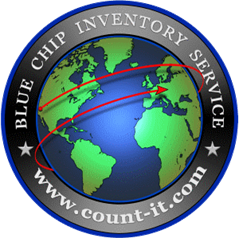
How often do you run warehouse inventory reports? If you’re not all that consistent about staying on top of your inventory, especially if you have more than one storage location for your business, you could be losing money.
You need to stay on top of what’s going on with your short-term assets and short-term liabilities, because, according to Norm Brodsky, an Inc. Magazine columnist, “a company is insolvent when its short-term liabilities exceed its short-term assets.”
Of course, if you’re an entrepreneur, you probably understand the logistics. But, nevertheless, it’s a good reminder because you could be caught unaware if you’re not efficiently monitoring inventory.
Brodsky goes on to explain that if you have a lot of inventory – assets – and that inventory is not moving out as sales, “you could become insolvent, even if you appear to be profitable on your income statement …”
And if that happens, your business could go bankrupt.
This could have been the story for Brodsky’s client, Claire Theobald, owner of Beatrix New York, which makes contemporary gear for kids. She didn’t realize that her China warehouse was charging her for space used instead of a fixed storage fee, like her U.S. warehouse, and that a new product line stored there wasn’t selling and was eating up space. The cost for storing and shipping was more than the product’s worth. So she took steps to get rid of the product as quickly as possible to “reduce her costs and generate additional cash.” The strategy worked.
The point is you need to pay attention to inventory no matter where warehouses are located. Monitoring the numbers with consistent inventory analysis reporting should be a key goal to ensuring profitability. Partnering with an international inventory management service can help.


This calculator can help you determine the selling price for your products to achieve a desired profit margin. Try It Free >
Our Audit/Verification Service is available globally - from Thousand Oaks, CA to Timbuktu. Learn More >
Don't just take our word for it. Find out what our clients are saying about our services.
See actual testimonials >
From Retail and Gross Margin Inventory reports, to SKU and Price Verification reports, Blue Chip Inventory provides complete inventory service. See samples >






